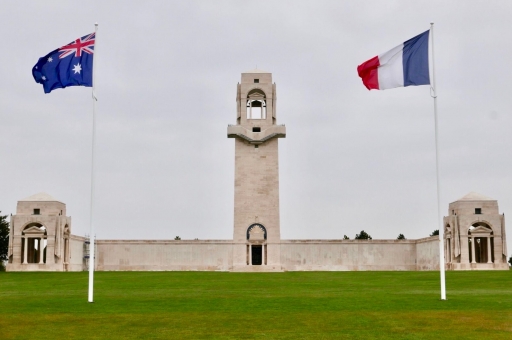Australian troops, supported by British units, scored a notable victory on Anzac Day 1918, halting a German advance towards Amiens with its strategically important railway junction.
The village of Villers-Bretonneux, commanding high ground on the eastern approaches to the French city, was recaptured in a counter-attack within hours of being taken by the Germans.
Loss of Amiens would have deprived the Allies of a crucial hub linking their supply lines to the Channel ports.
Villers-Bretonneux was held through the spring and summer, although there was a lull in May as the Germans delivered the next blow of their Spring Offensive on the Aisne..
Le Hamel, near Villers-Bretonneux, was the scene of a successful Australian-led attack on July 4. Meticulously prepared by the new Australian Corps commander General Sir John Monash, the action also involved US forces. It was a foretaste of the ‘All Arms Battle’, coordinating ground troops, artillery, tanks and air support to deliver results.
And it was from Villers-Bretonneux that Australian troops advanced on 8 August 1918, part of Allied operations marking the start of the Battle of Amiens and the ‘Hundred Days’, the series of offensives which would culminate in Germany’s defeat.
Such is its significance that Villers-Bretonneux was chosen as the setting for the national memorial to 11,000 Australian soldiers of the First World War who died in France and have no known grave.
For the April 2018 Centenary, the Sir John Monash Centre was opened at the site – providing a new focus for visitors to explore Australia’s role on the Western Front.
Images: Centenary News
Posted by: CN Editorial Team
